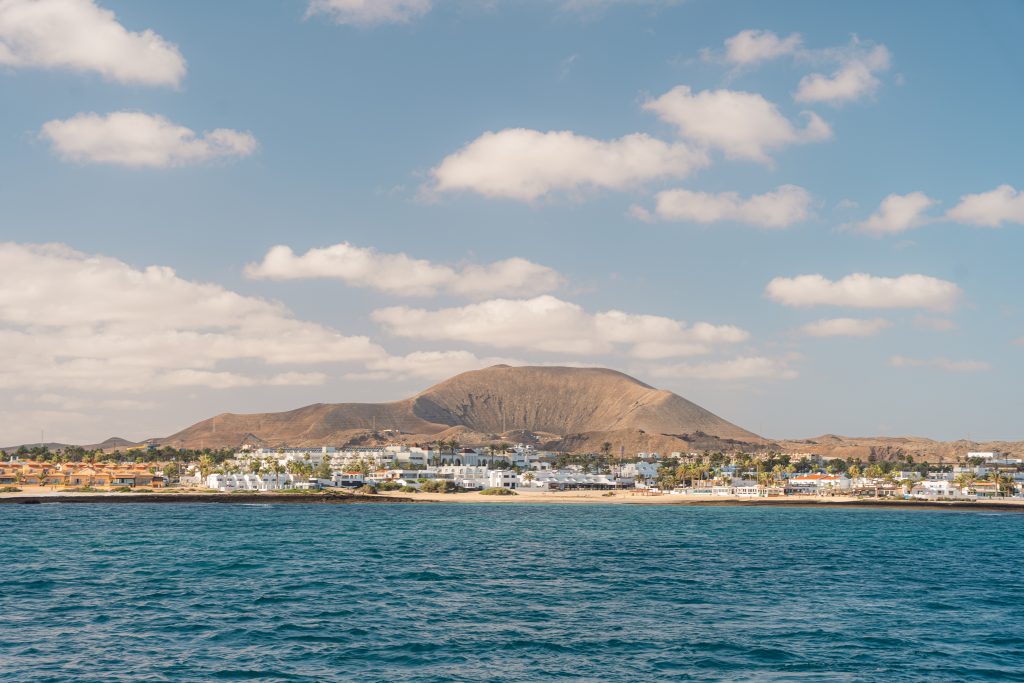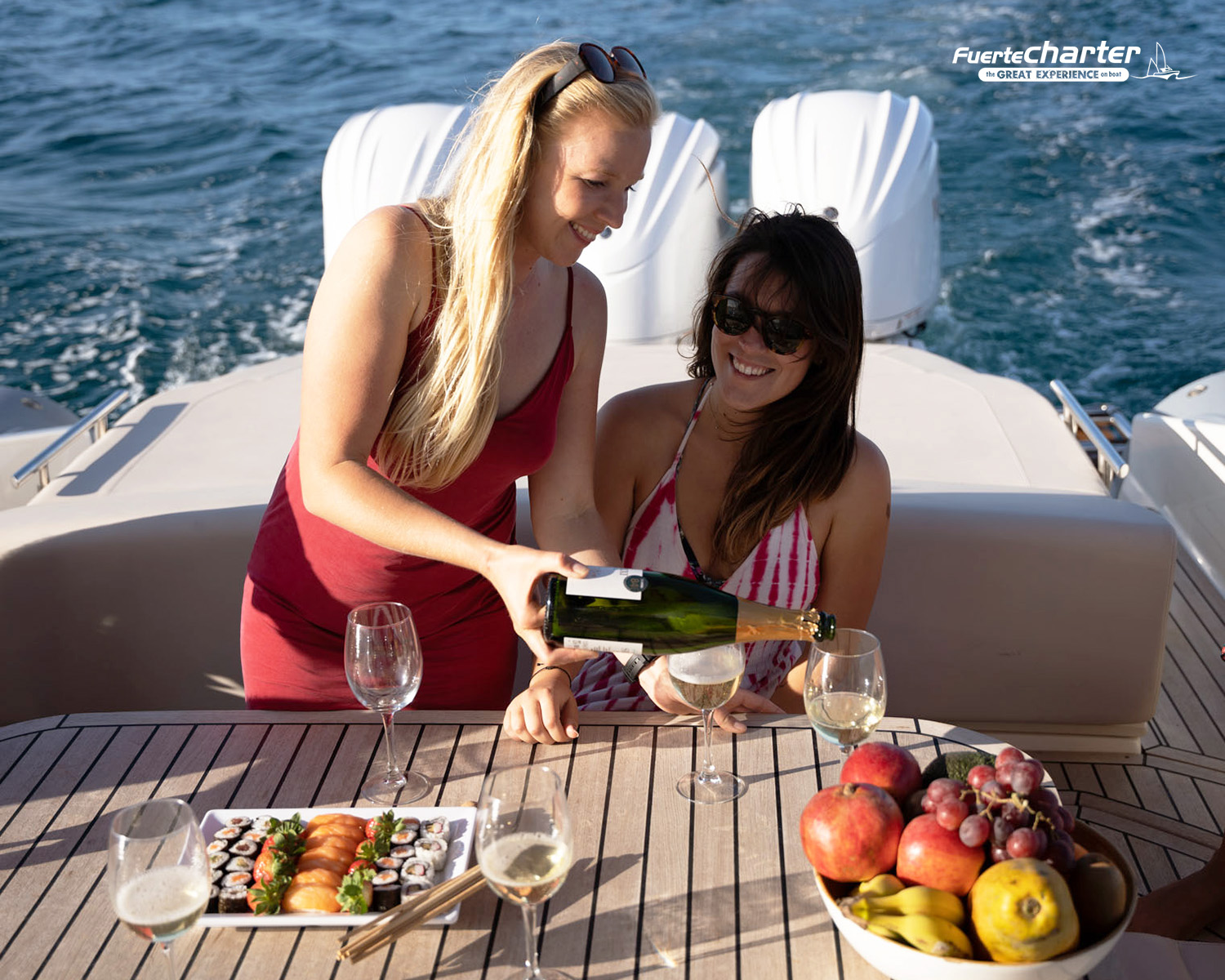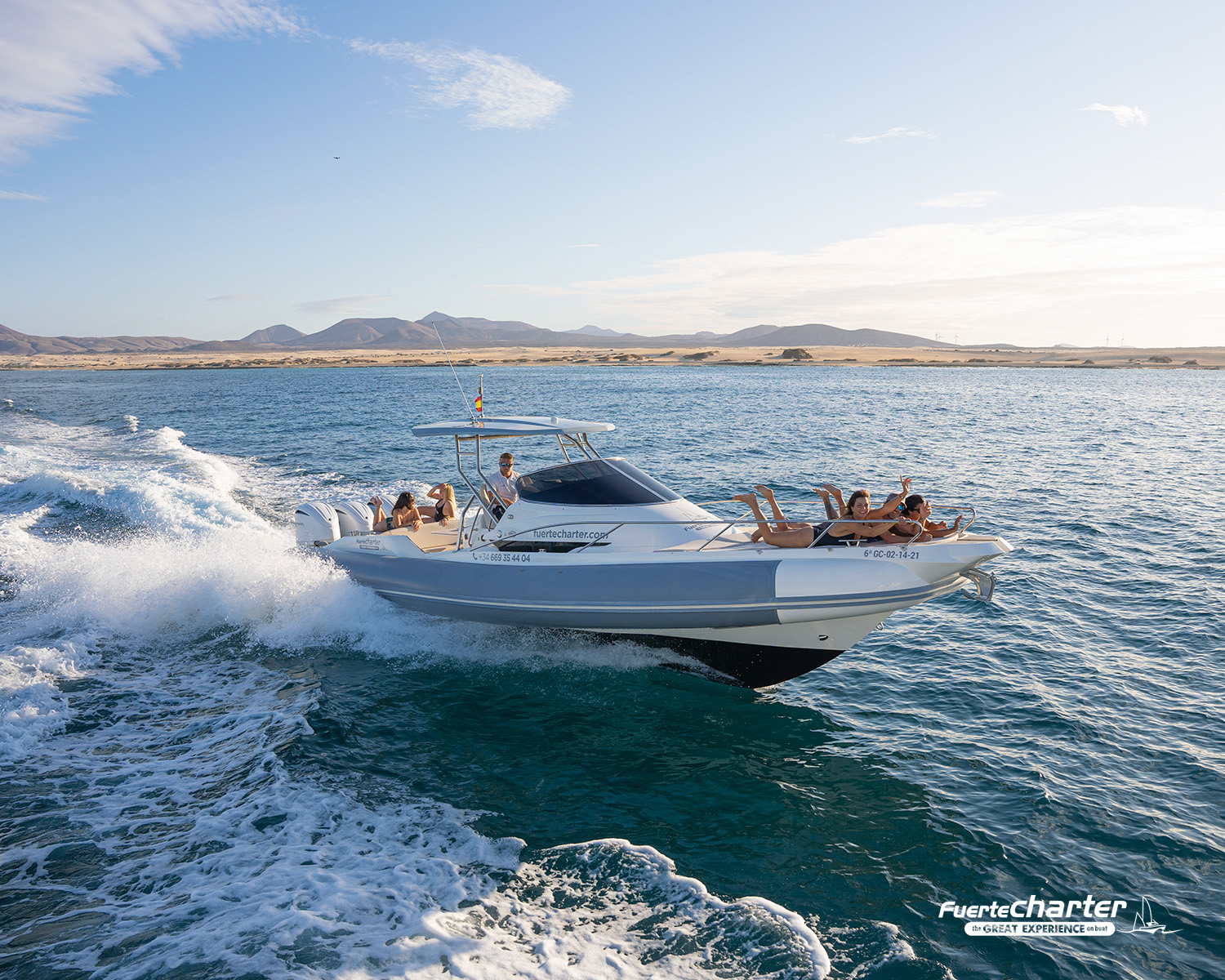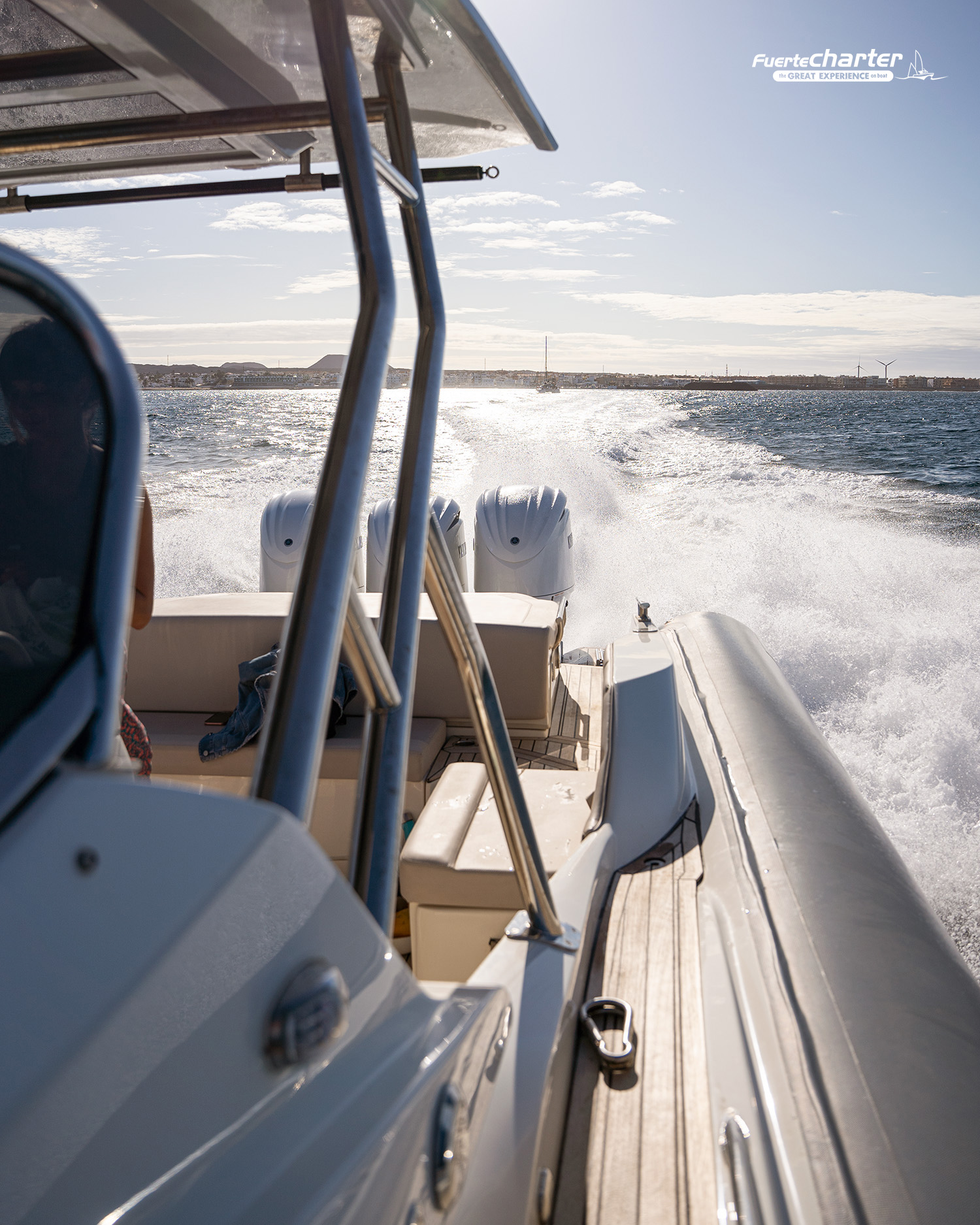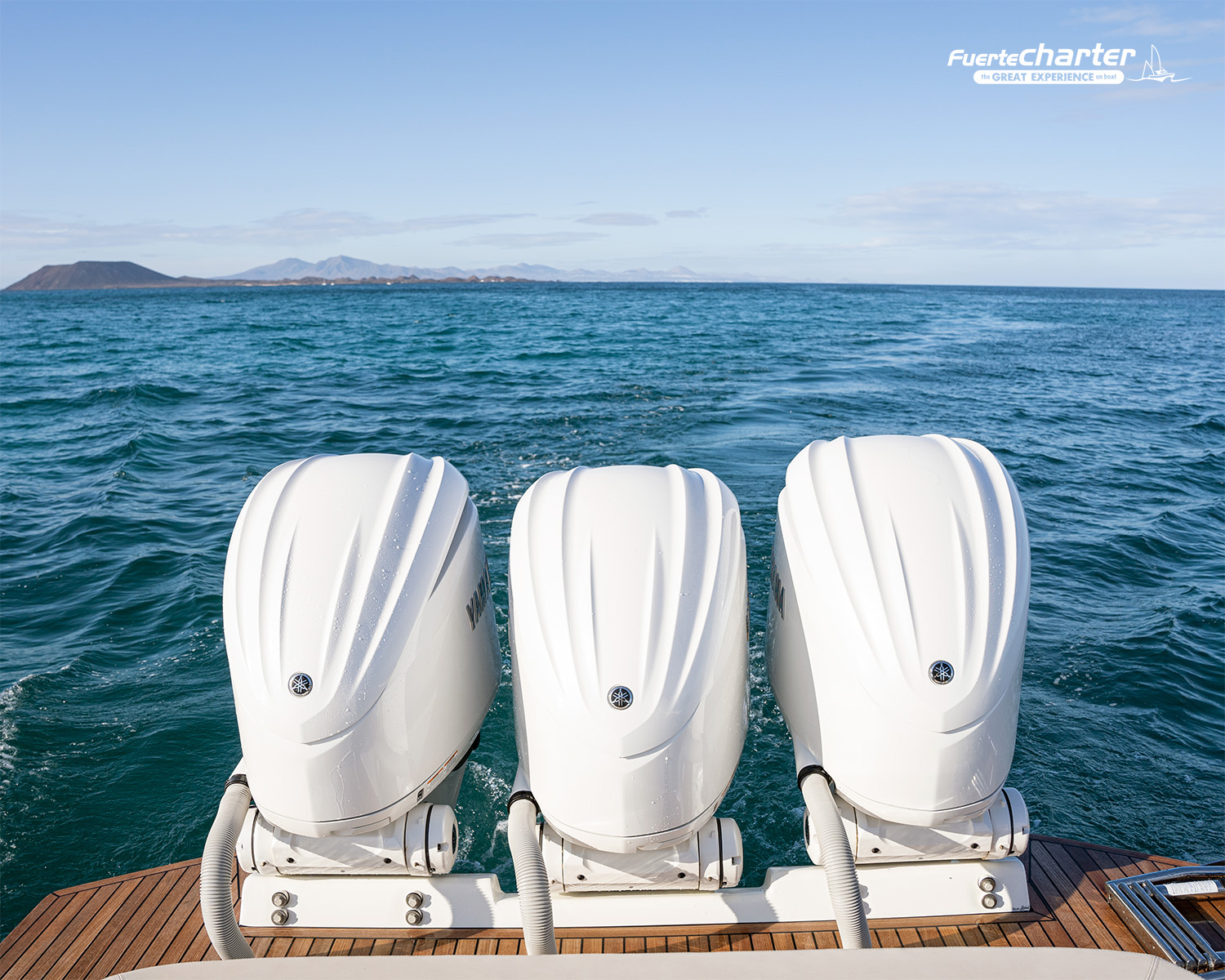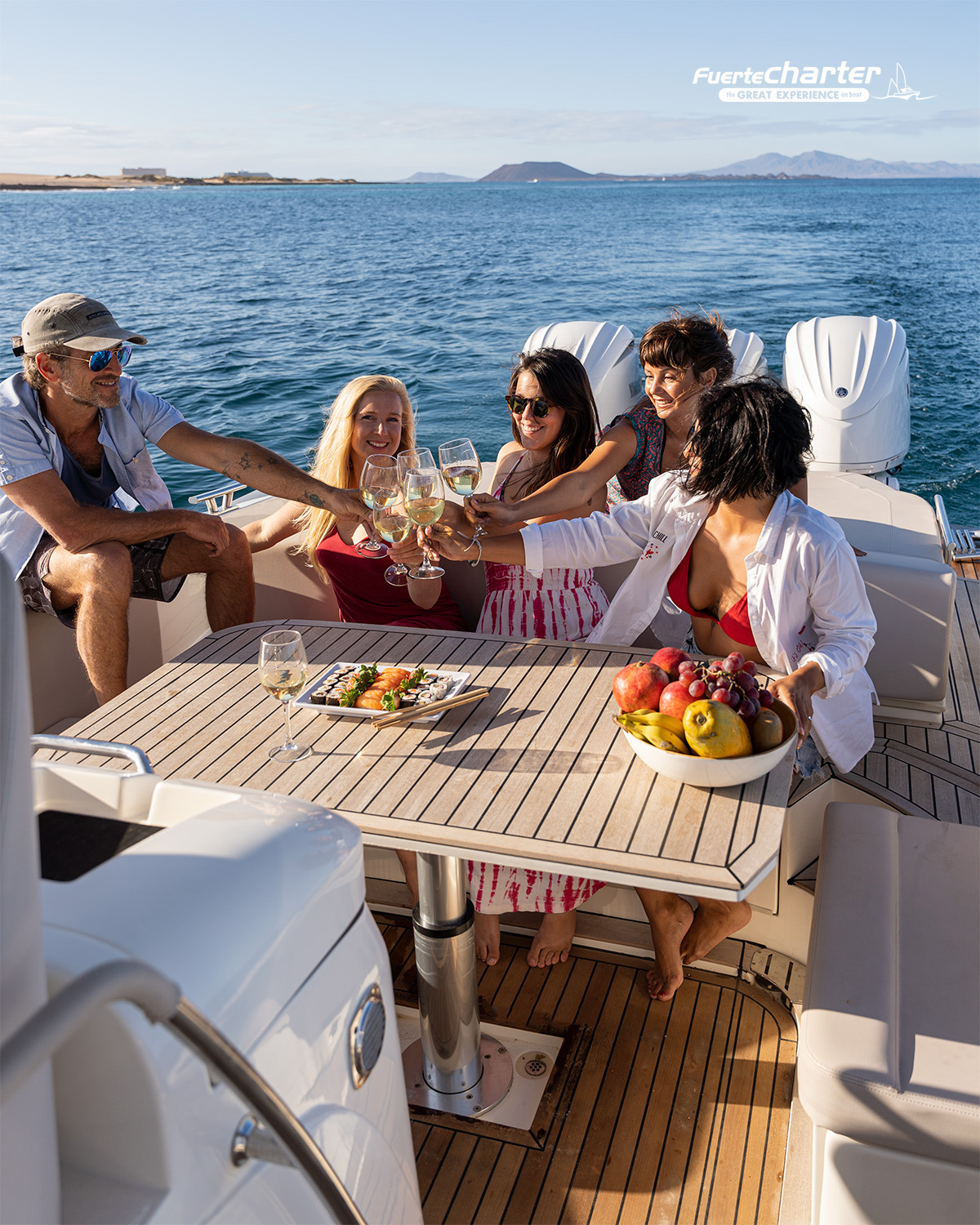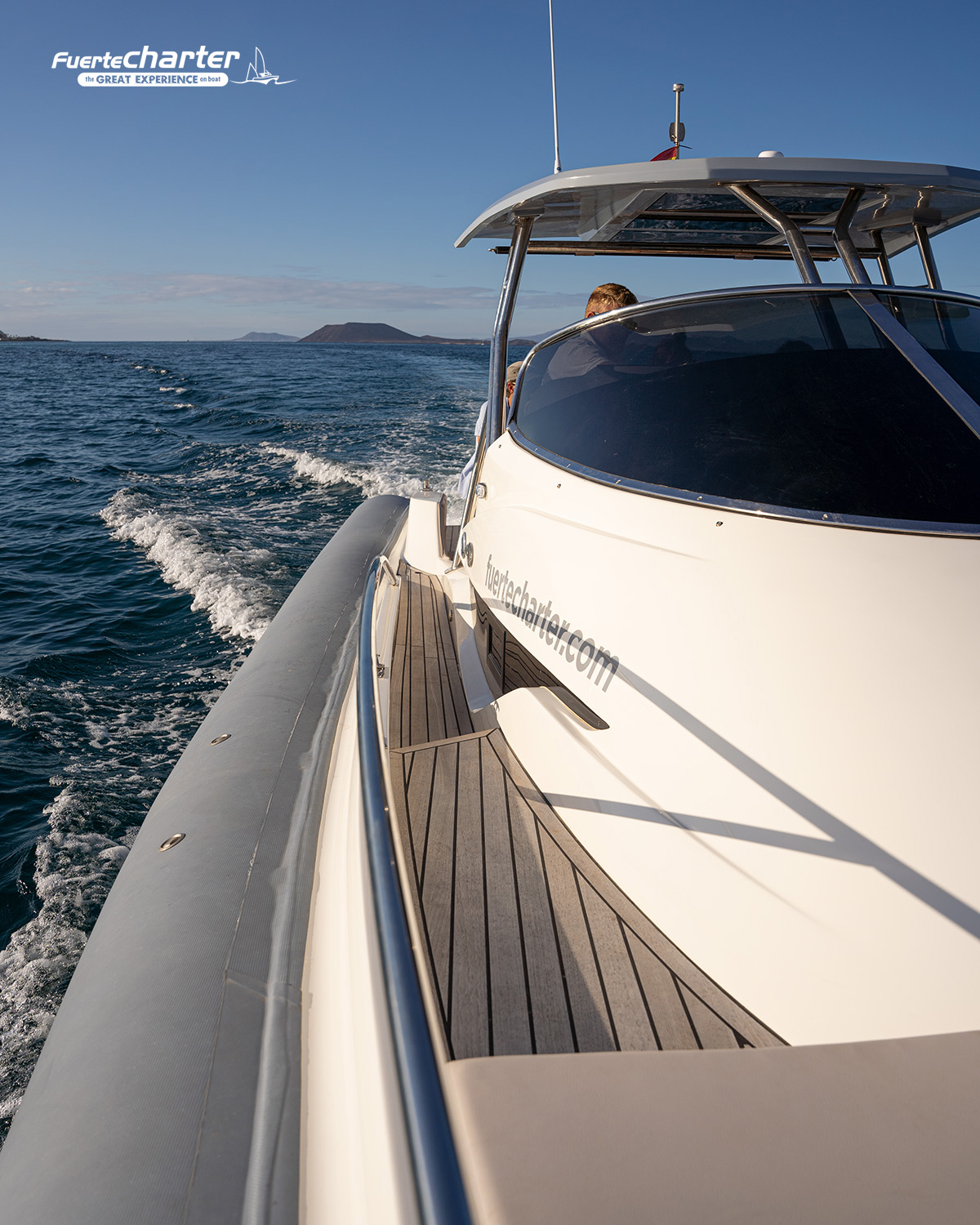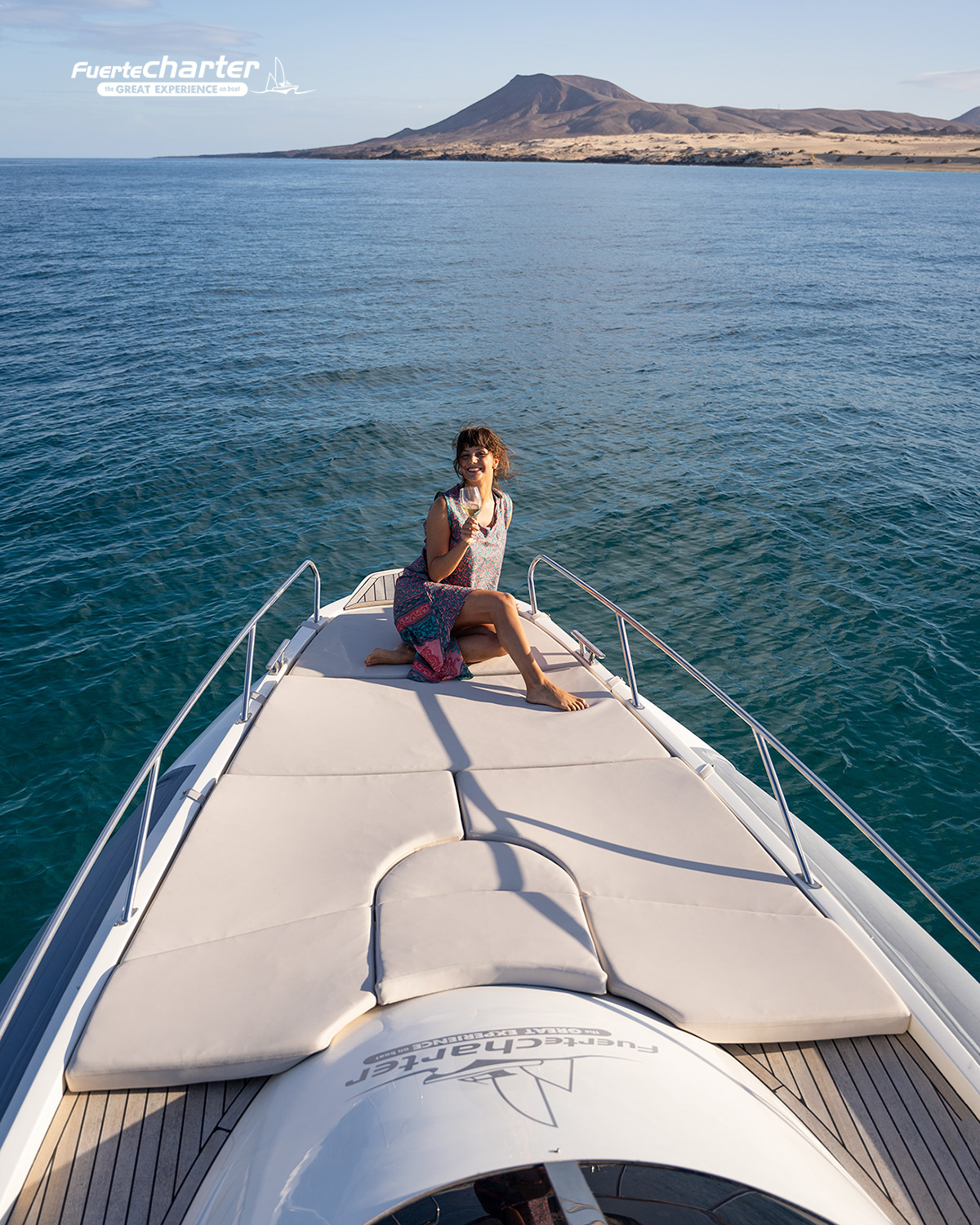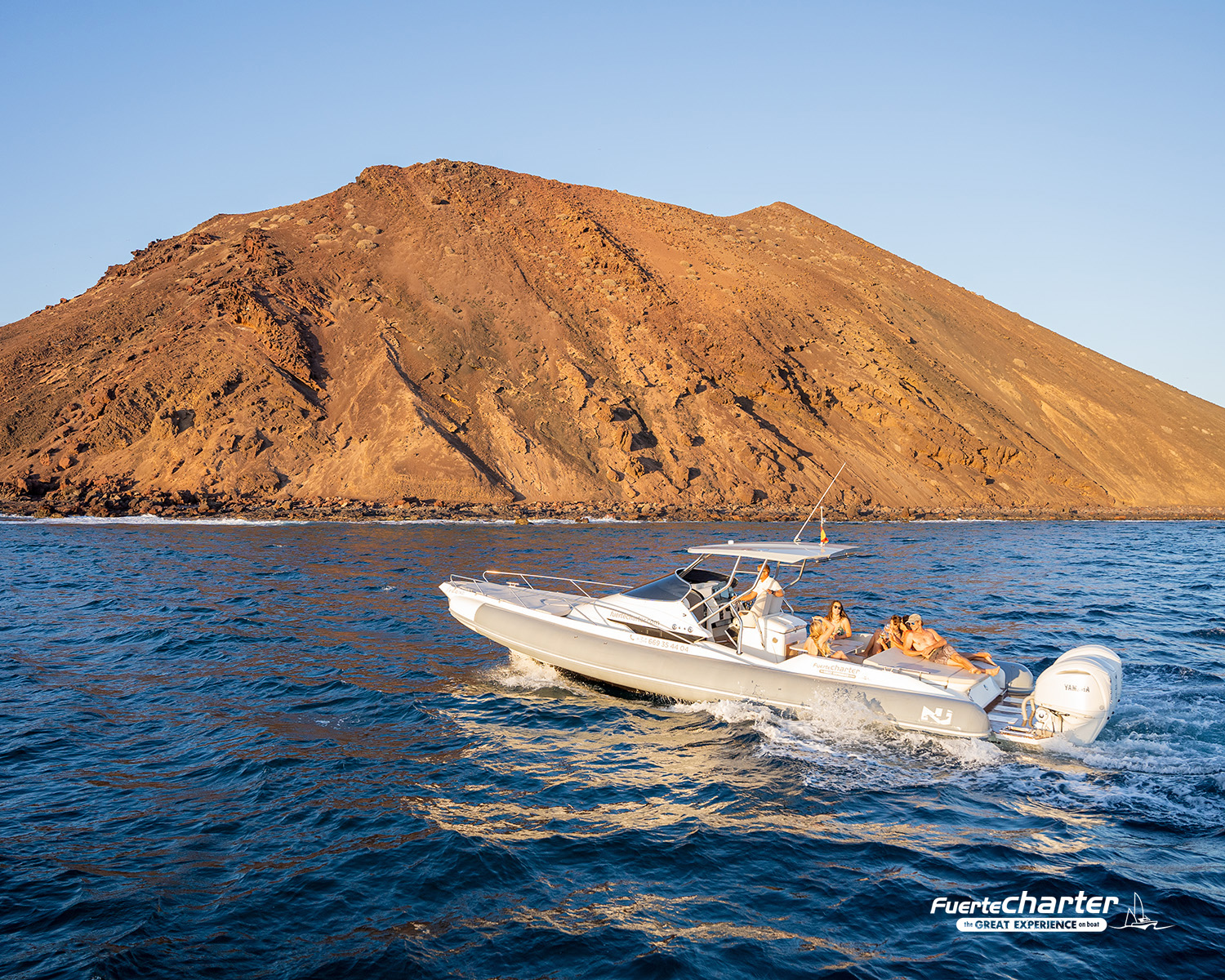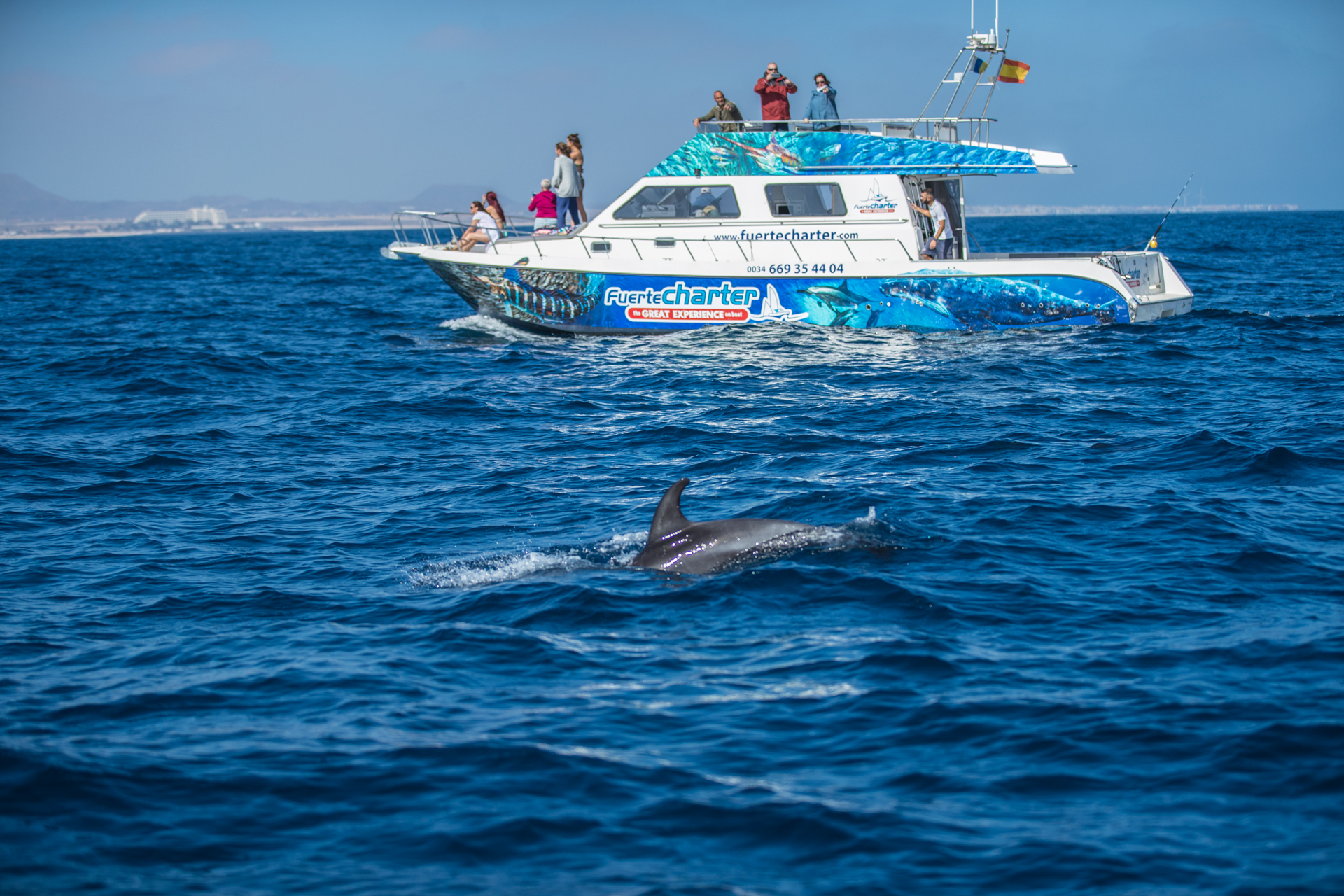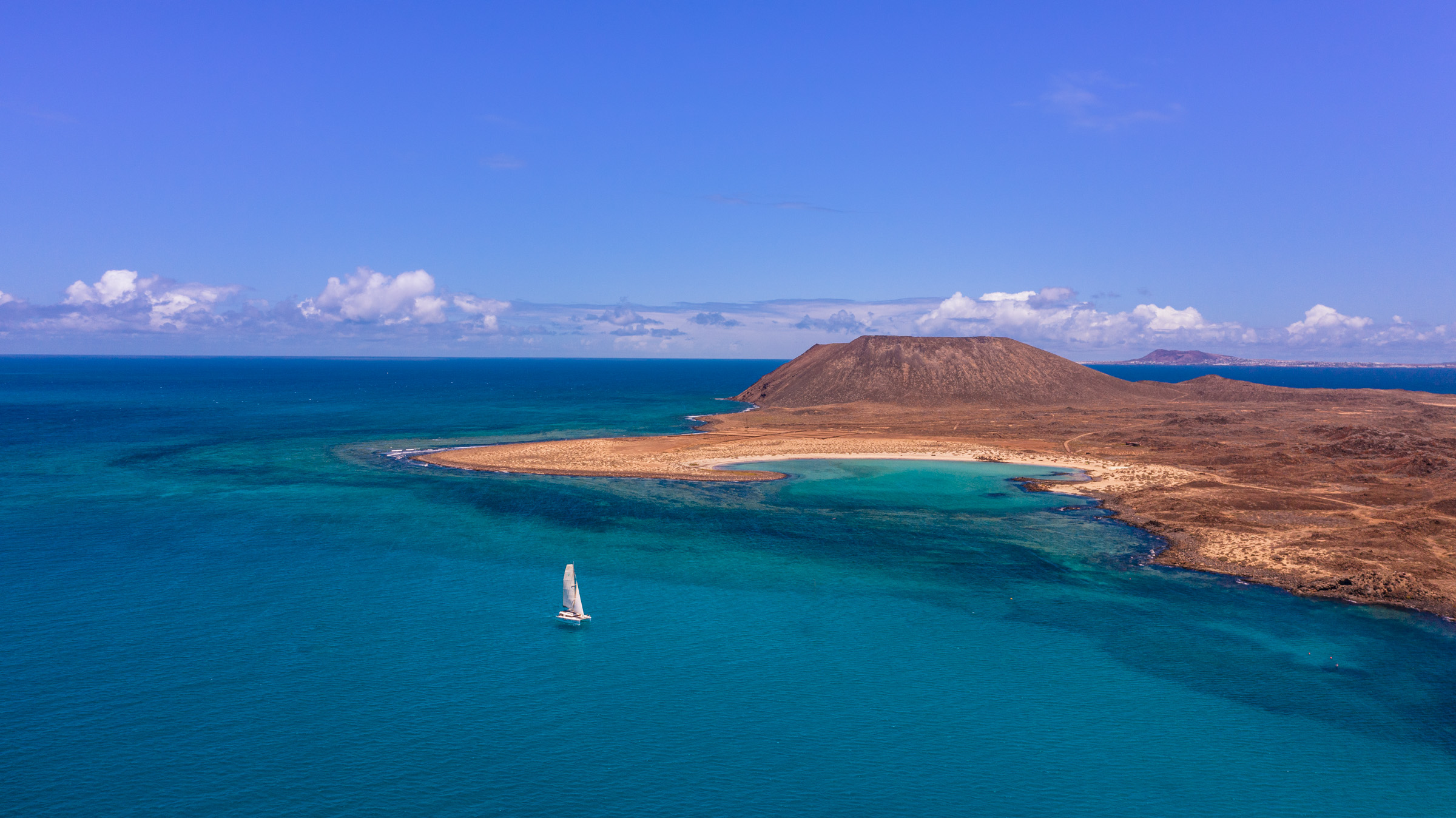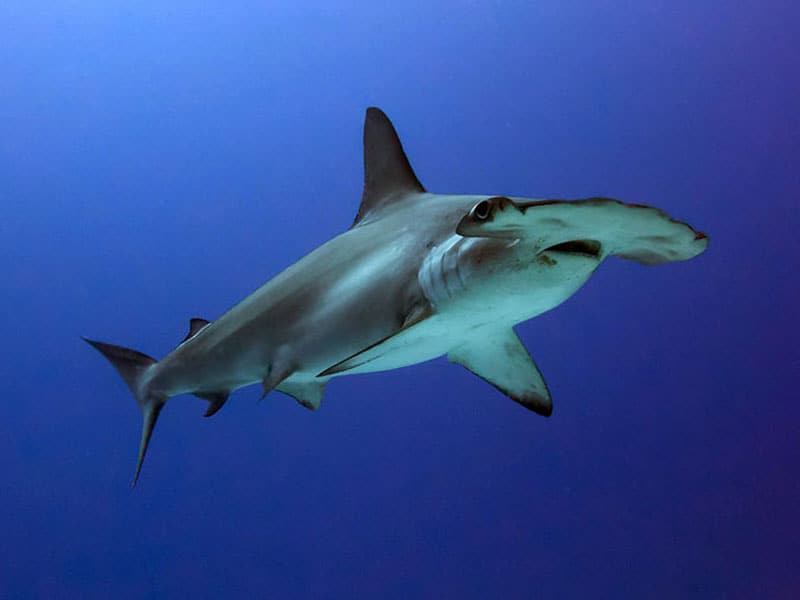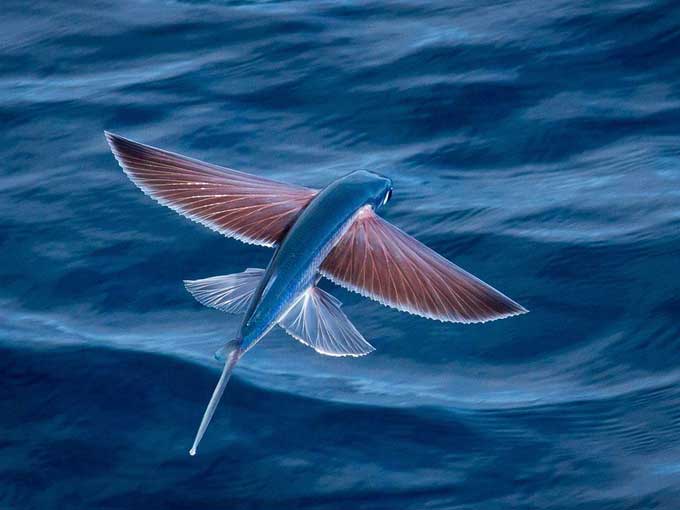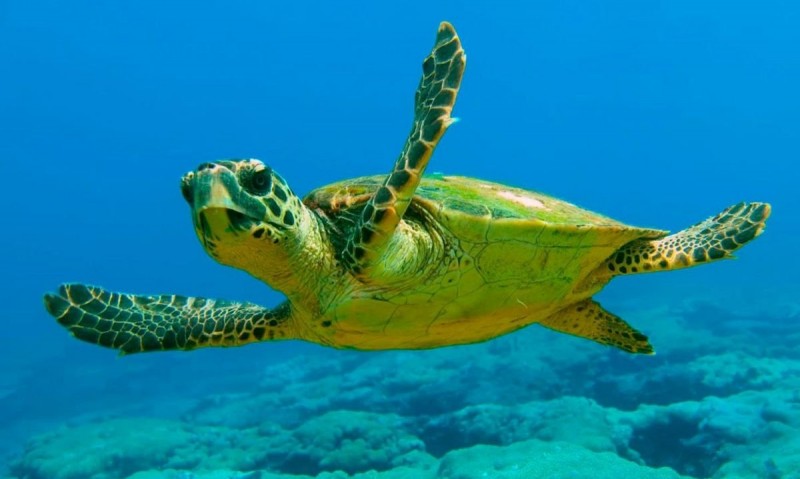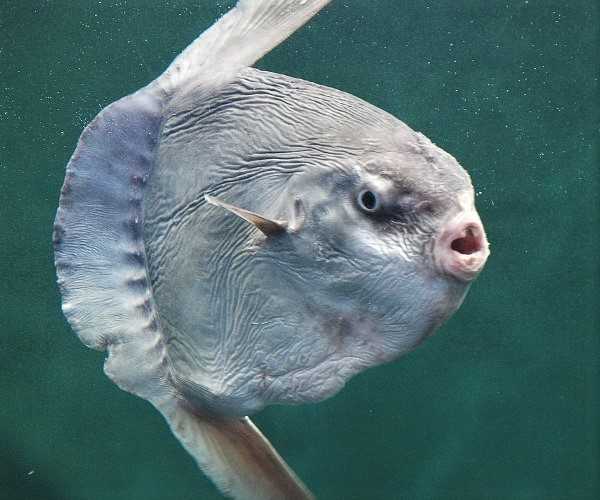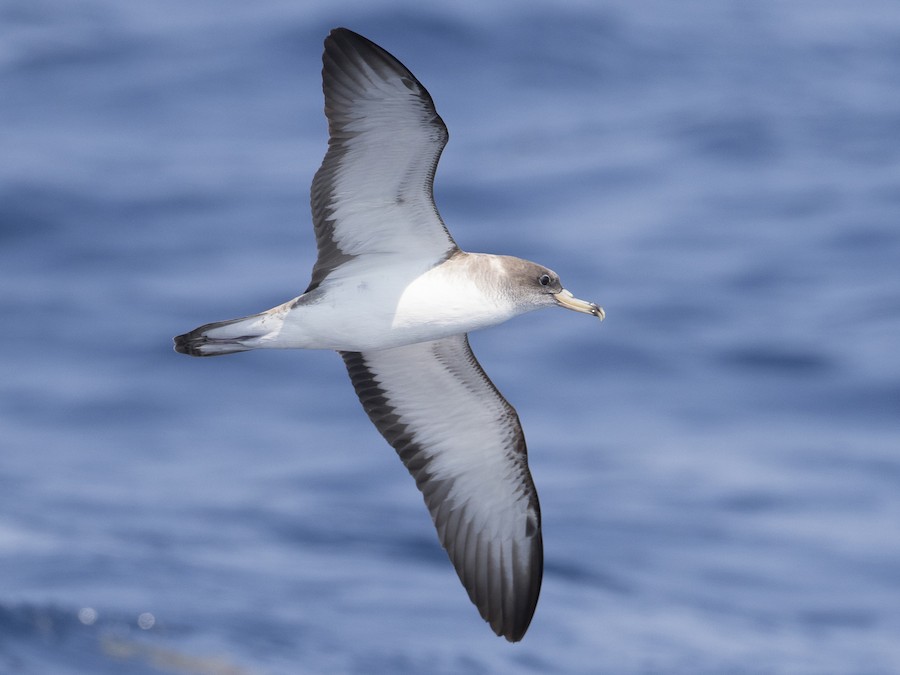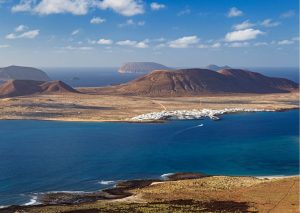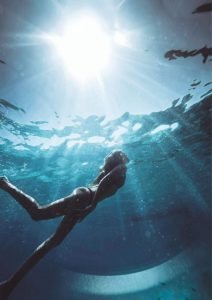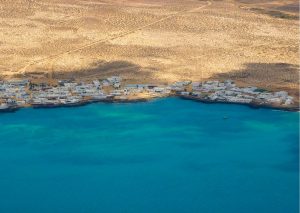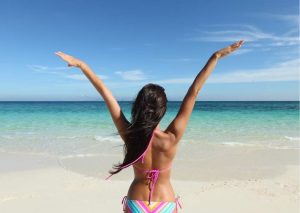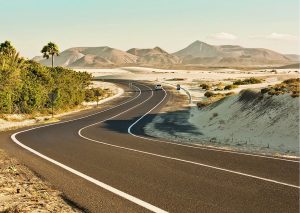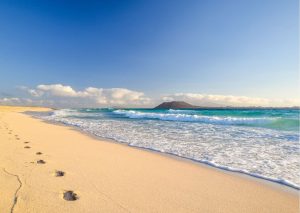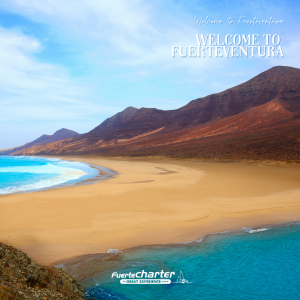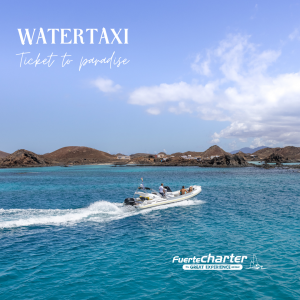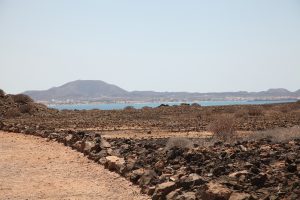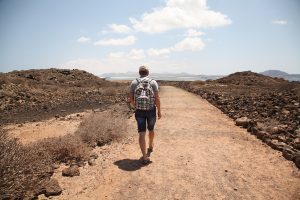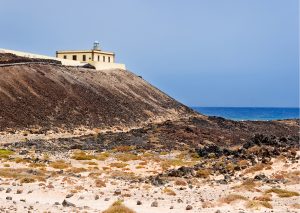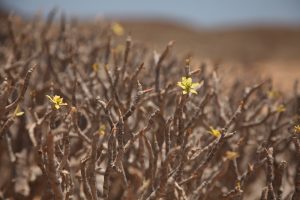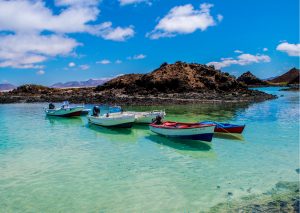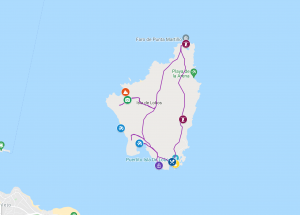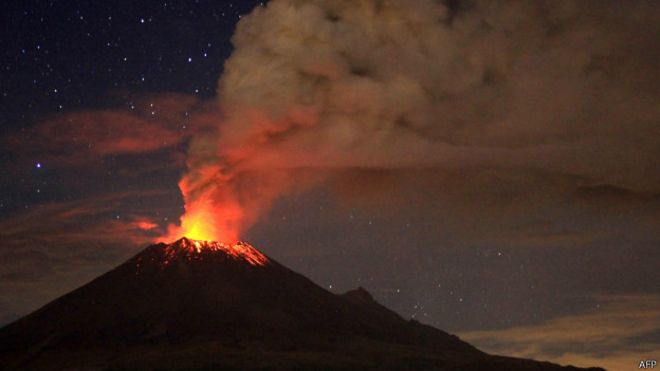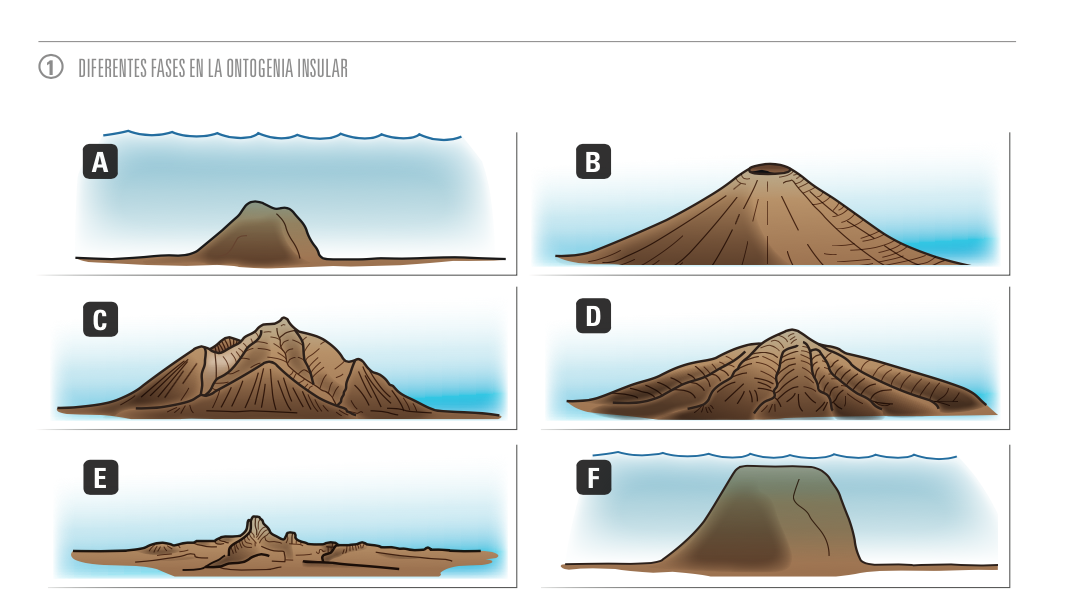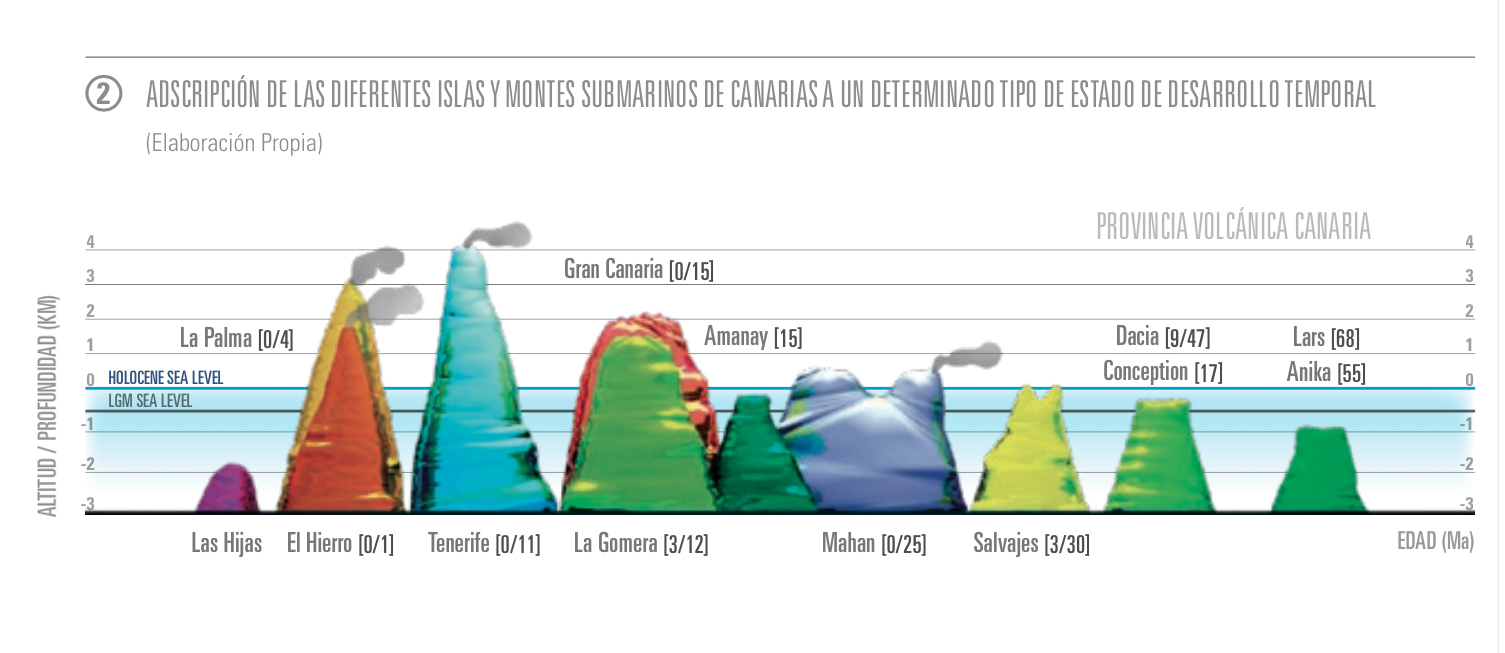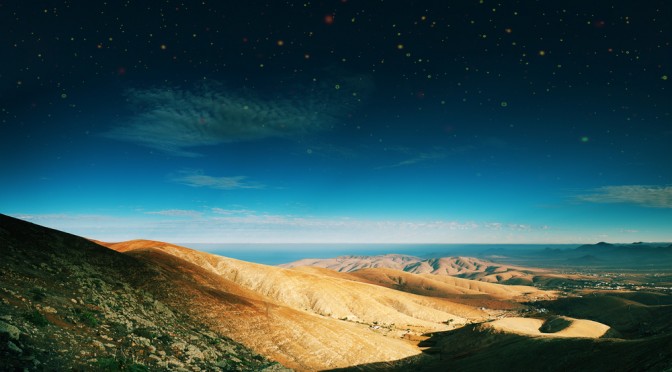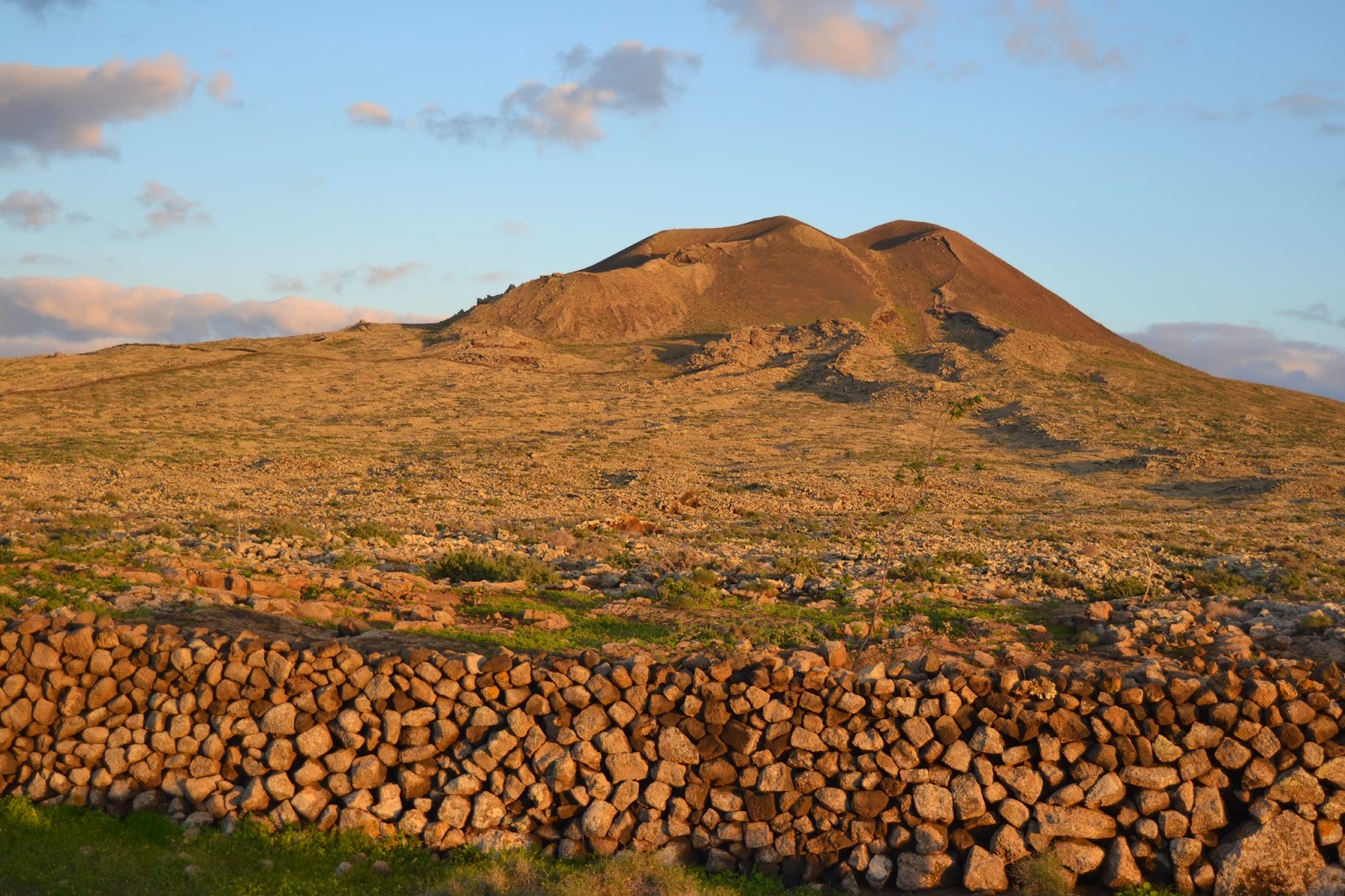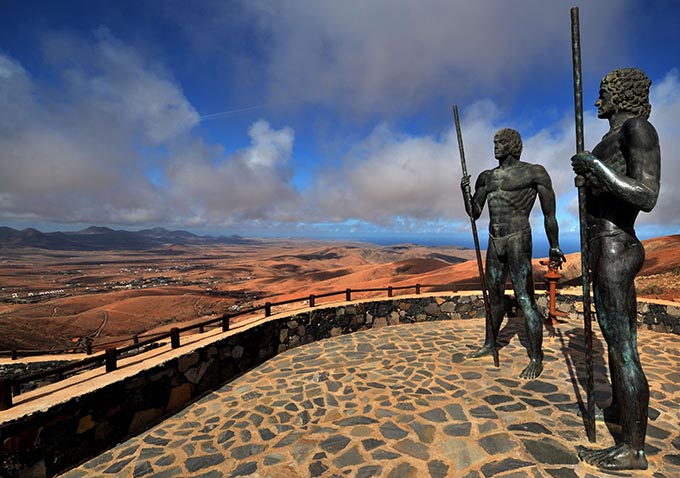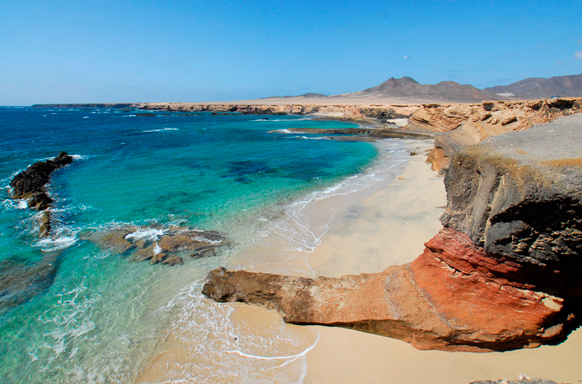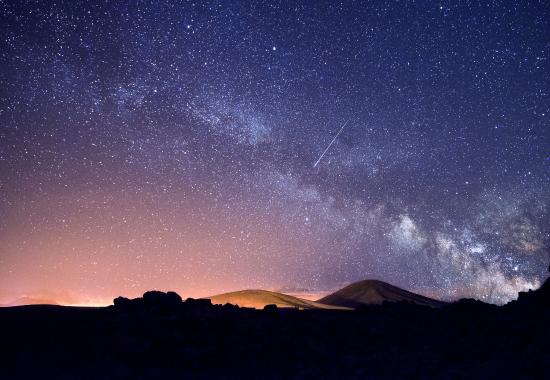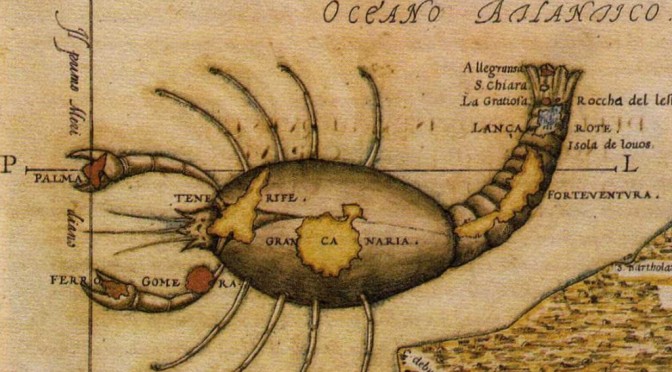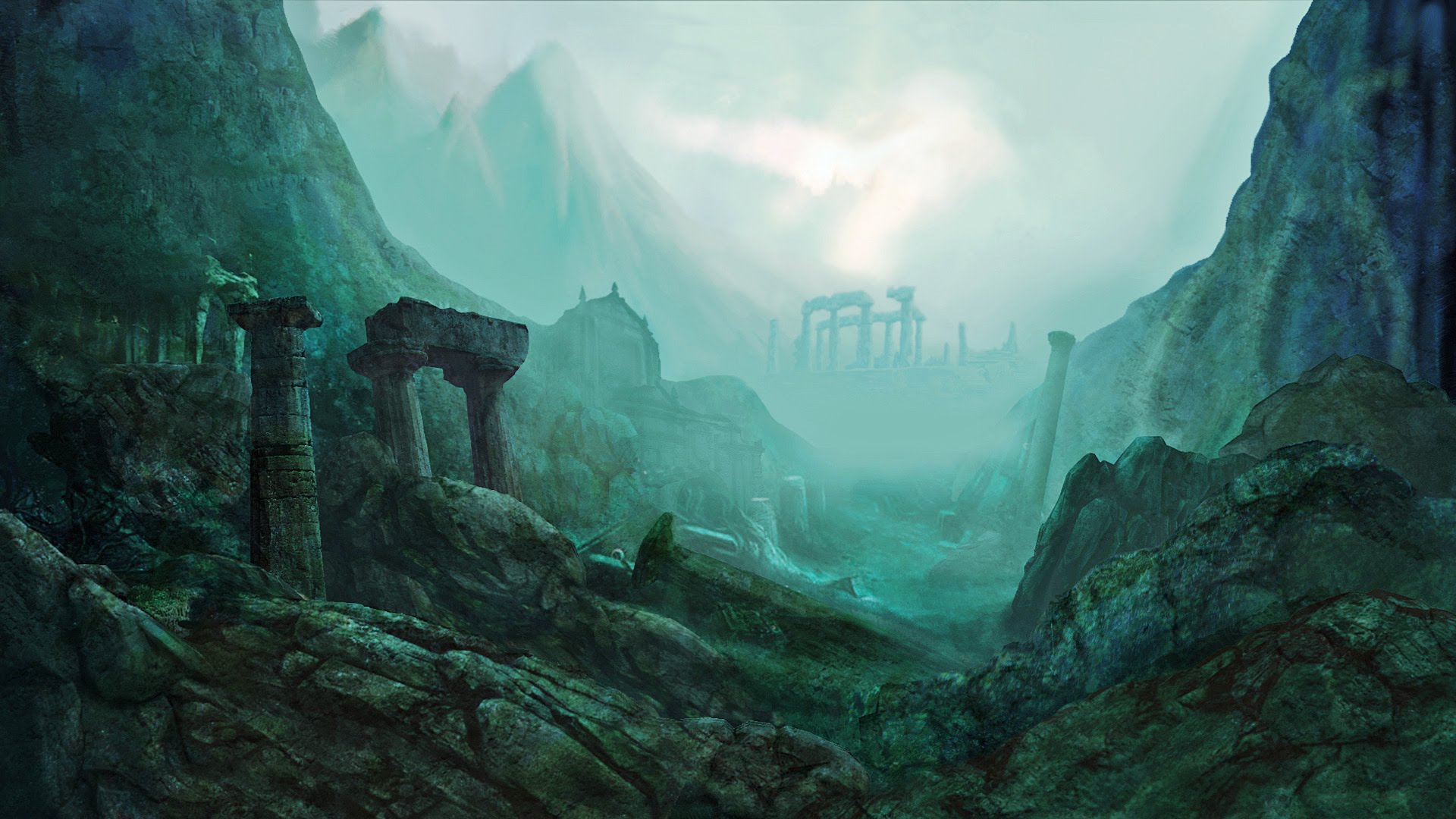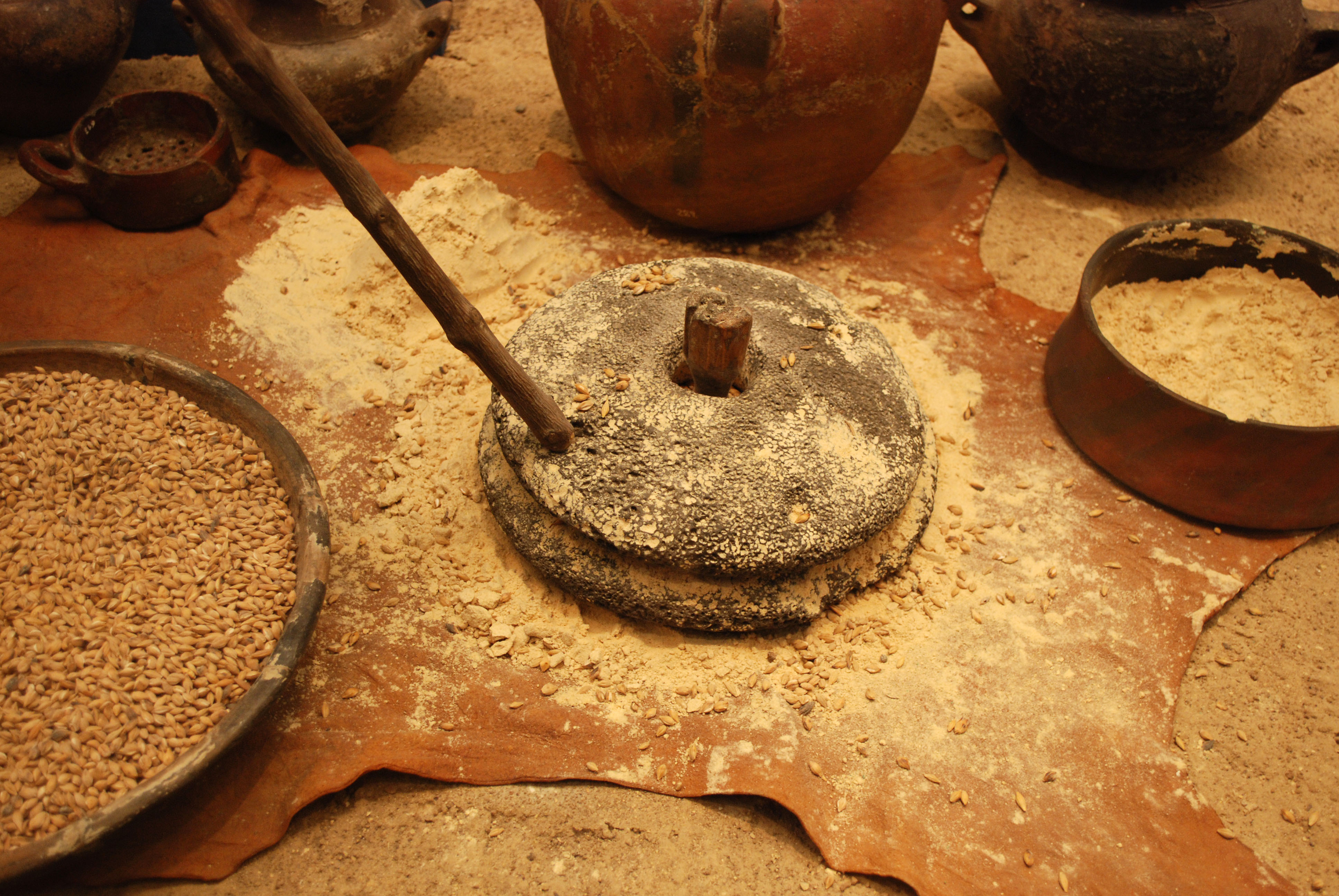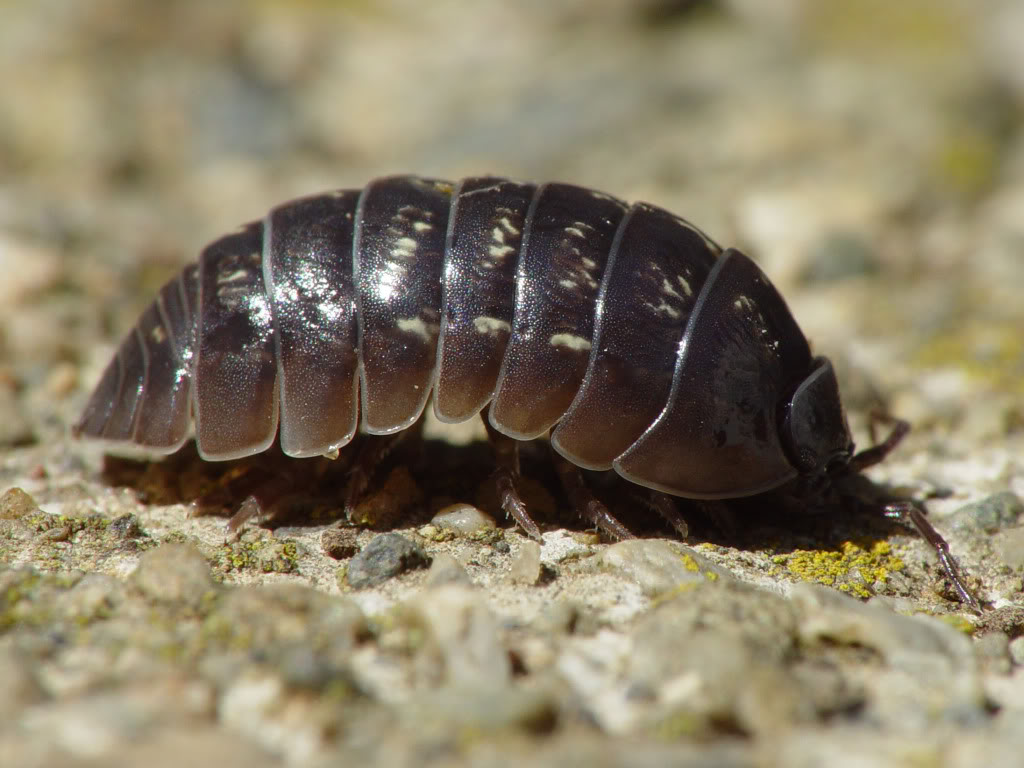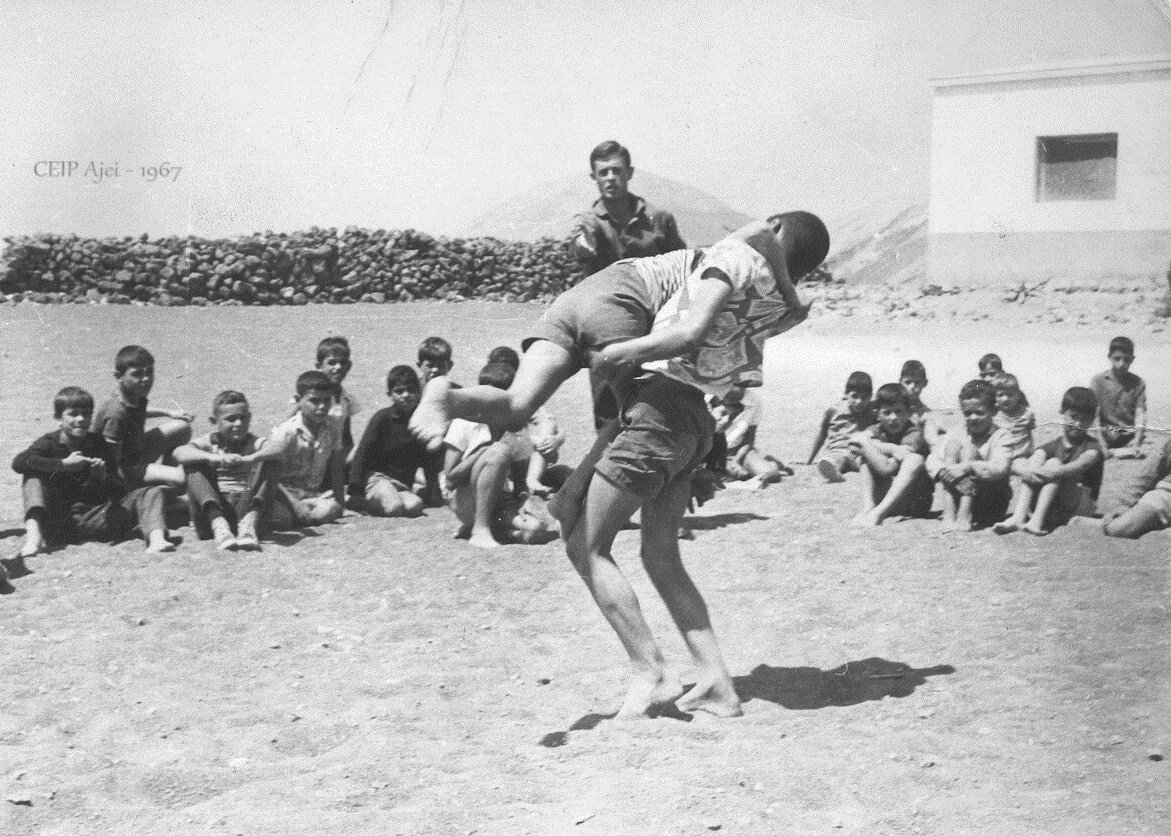The Canary Islands are one of the most famous holiday destinations in Europe, but their beauty isn’t only shown in summer. In fact, winter in Fuerteventura is one of the best times to enjoy the island to the fullest.
We give you 5 good reasons why you shouldn’t miss this destination.
1.Nice weather
The temperature doesn’t drop below 18 degrees. Considering that in all of Europe the winter average is around 5 degrees, we think that the average in Fuerteventura is quite attractive! But be careful, don’t let the numbers fool you: If the day is a bit cloudy, it can be cool, but nothing that a windbreaker and a thin sweatshirt can’t solve.
If the day is sunny… don’t forget your swimsuit and sunscreen, because you’ll definitely need it!
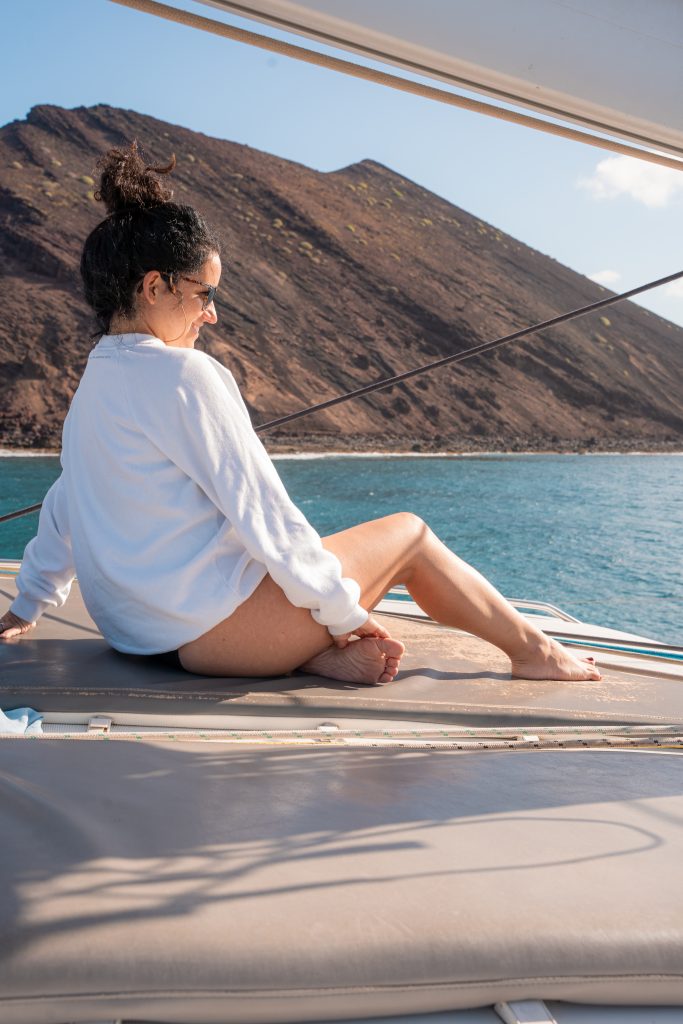
2.Dolphins in the wild
There is no specific season for whale watching in Fuerteventura. They can be enjoyed all year round. However, in winter with less maritime traffic due to the decrease in tourism, it will be much easier to find pods of dolphins and pilot whales ready to play and jump around the boat.
If you want to live this unique experience in the middle of nature, we recommend our “Combo Cetaceans” excursion that you can book by clicking HERE.
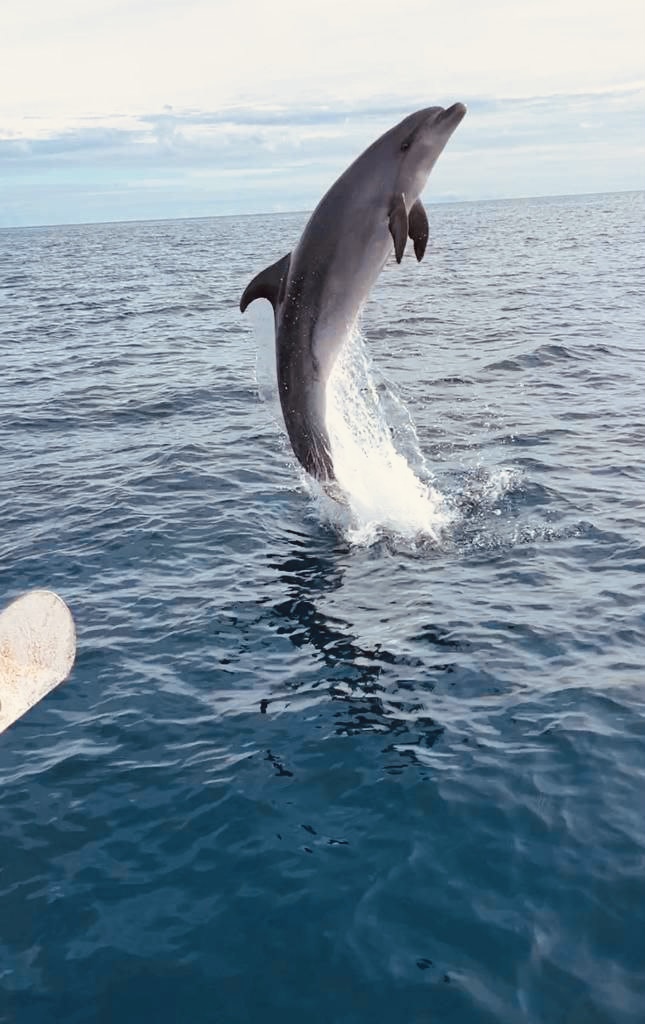
3.Paradise for water activities
It is the season of wind and waves, something that favors the practice in this Atlantic paradise of water sports such as windsurfing, kitesurfing and surfing. And if you want to ride the longest wave in Europe that is created just in front of the island of Lobos, you can reach the islet in just 10 minutes with our Water Taxi. Click HERE for information and prices.
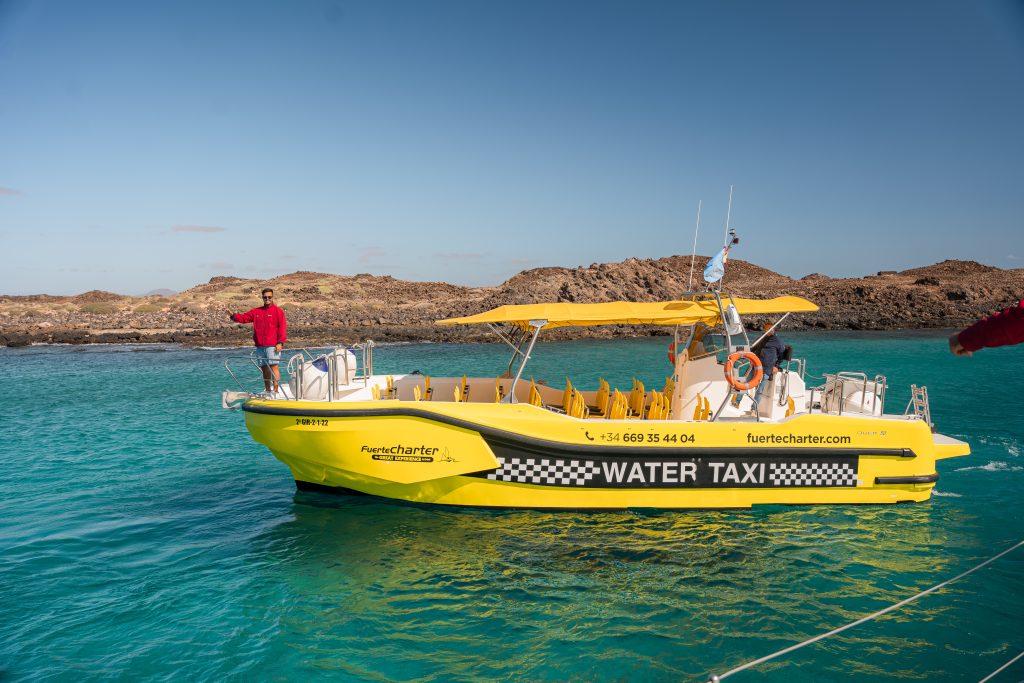
4.Enjoy the beach without wind
If you want to spend a wonderful day at the beach, get a windbreaker to protect you or simply look for a stone corral where you can take refuge. These are small constructions made by the Majoreros and by visitors that are very characteristic of our beaches: they are built with small stones that form a defense against the air and that make these shelters a characteristic part of the Majorero landscape!
The wind cannot stop the desire of sea!
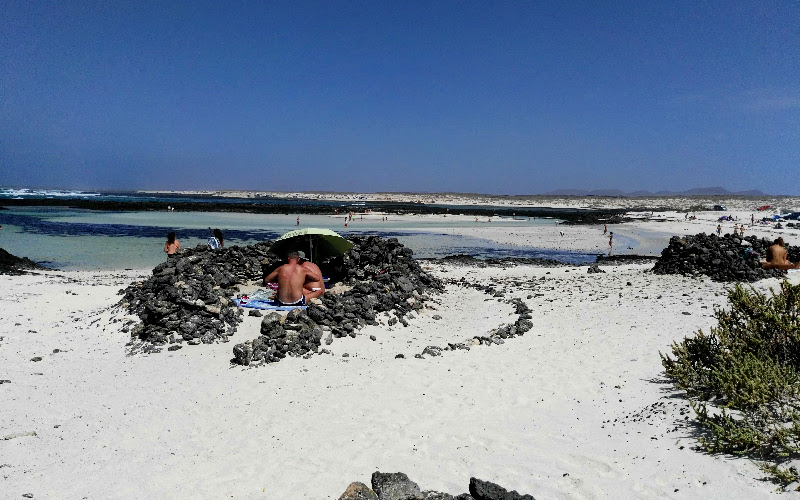
5.Every day magical adventures
Except for exceptionally adverse conditions, every day you can enjoy a fantastic catamaran ride sailing to discover the ocean and Isla de Lobos. They will be unique memories sipping a good wine, meeting new people with whom to share the joy of your vacation, and eating an excellent paella surrounded by the crystalline waters that bathe the coasts of our island.
If you want to live this incredible experience, click HERE to see the range of excursions we offer and secure your place on board.
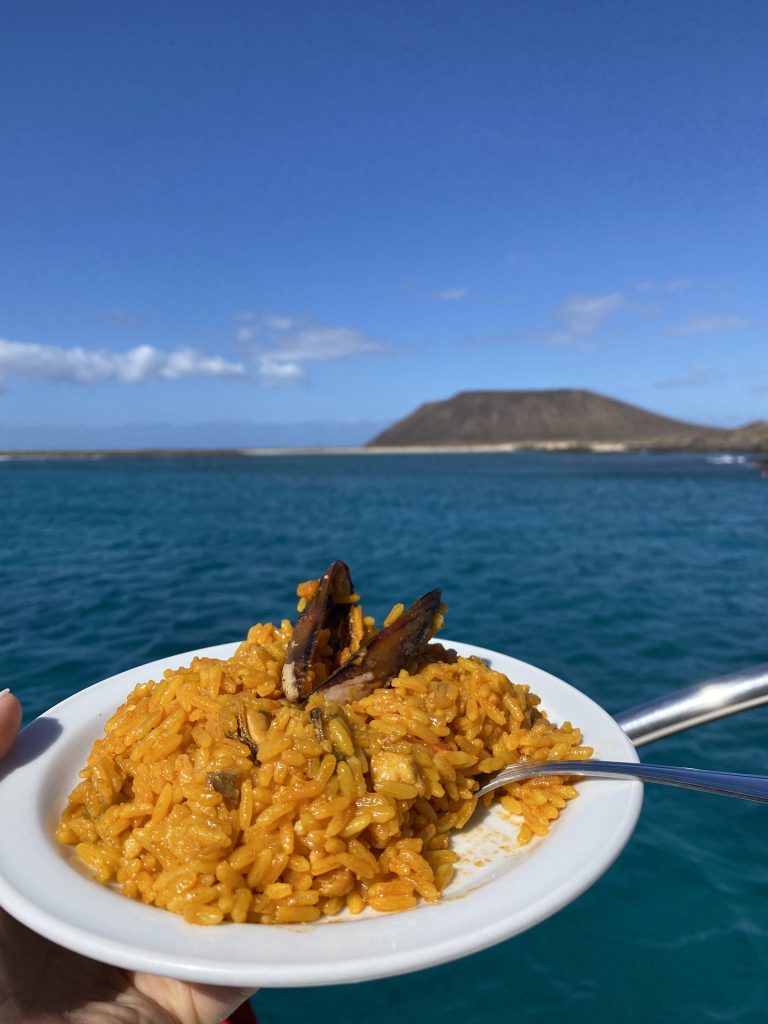
Have we been convincing enough? We’re waiting for you!
Good wind also in winter!
